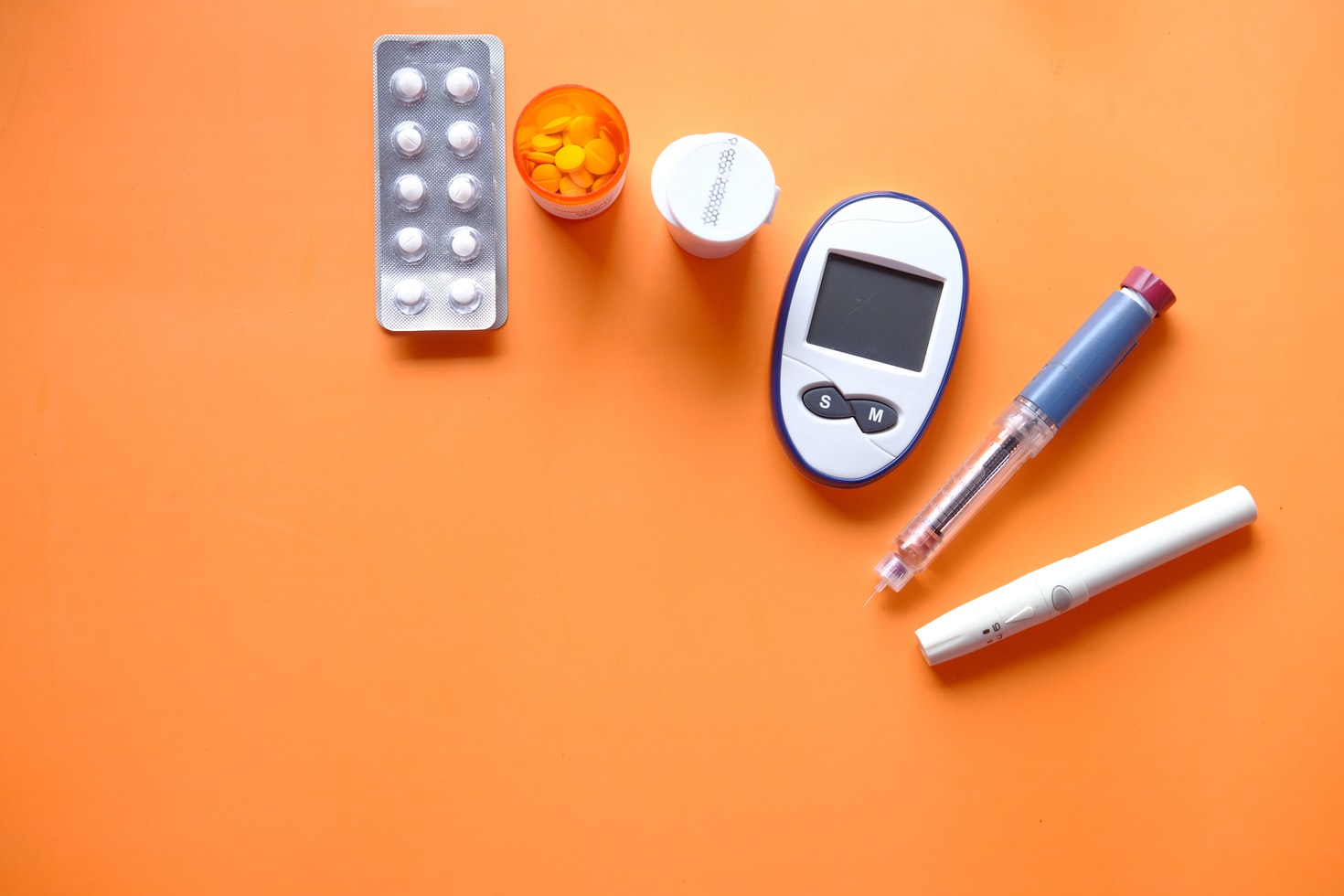Diabetes mellitus and diabetes insipidus perhaps share the first word of their name and they also both share some of the same symptoms but that’s where the similarities end. These two diseases aren’t related and they have different treatments.
Diabetes mellitus is a disorder in which the pancreas does not produce enough or respond normally to insulin that causes blood sugar or glucose levels to be extremely high. The urge to urinate and thirst are increased and people may lose weight even though they are not trying to.
Diabetes insipidus is an uncommon disease that has nothing to do with pancreas or blood sugar. This causes an imbalance of fluids in the body, it happens when your kidneys produce a lot of excess pee, normally kidneys filter your bloodstream to make a quart or 2 each day but when you have this disease you will pee 3 to 20 quarts and this is mostly water that it causes you to be really thirsty.
Symptoms of diabetes Insipidus and diabetes mellitus
Symptoms of diabetes insipidus
- Polydipsia or extreme thirst and accompanied by temporary or prolonged dryness of the mouth.
- Polyuria or the body urinates more than usual and abnormally large amounts of urine when you pee.
- Your pee becomes colorless instead of a pale yellow color.
- Having dry skin that your skin tends to create cracks.
- Constipation, emptying of the stomach may be hard and your feces are too hard.
- You may have a hard time sleeping because you wake up through the night just to urinate.
- Your muscles become weak, it is hard for you to move your body.
- Involuntary urination while asleep, which is also called bed-wetting.
Symptoms of diabetes mellitus
- An excessive amount of urine
- Extreme thirst and hunger
- Even though the person is trying not to lose weight, they will eventually lose weight
- Sudden changes in vision, your vision may get blurry
- Tingling sensation or numbness in the hands or feet
- Feeling exhausted most of the time
- Having very dry skin and sores are starting to heal slower
- More infections than usual
How can diabetes insipidus and diabetes mellitus be related?
There’s no cure for diabetes insipidus or diabetes mellitus but you can control them. If you have type 1 or type 2 diabetes, you can control your blood sugar or glucose with the help of insulin shots or other medications that your doctor will recommend best for your disease.
Check your blood sugar level daily and make sure that it’s in a safe range. You’ll need to regularly exercise to keep your weight, blood pressure, and cholesterol under control, eat healthy foods like fruits and vegetables your body will receive nutrients, and remember to see your doctor for regular check-ups.
Treatment for diabetes insipidus depends on which of the four types you have:
- Central: Desmopressin, a synthetic hormone, can replace the vasopressin that your body doesn’t produce to help you manage your symptoms. It occurs in the form of a nasal spray, an injection, or a pill.
- Nephrogenic: Diuretics (drugs that assist your body get rid of extra salt and water), as well as aspirin or ibuprofen, can help with nephrogenic diabetes insipidus symptoms. Your doctor may also examine to see if your calcium and potassium levels are balanced in your body. If you treat this type, it may go away.
- Dipsogenic: The difficulties with your hypothalamus and pituitary gland extend to your thirst mechanism in dipsogenic diabetic insipidus. This suggests you’re not thirsty despite the fact that you’re losing a lot of liquids. Doctors are currently working on a therapy, but in the meantime, they recommend sucking on ice chips or hard, sour sweets to stimulate your desire to drink.
- Gestational: When you’re pregnant, you can get diabetes insipidus. Desmopressin is frequently used by doctors to treat this condition. The majority of women do not require treatment after giving birth.

